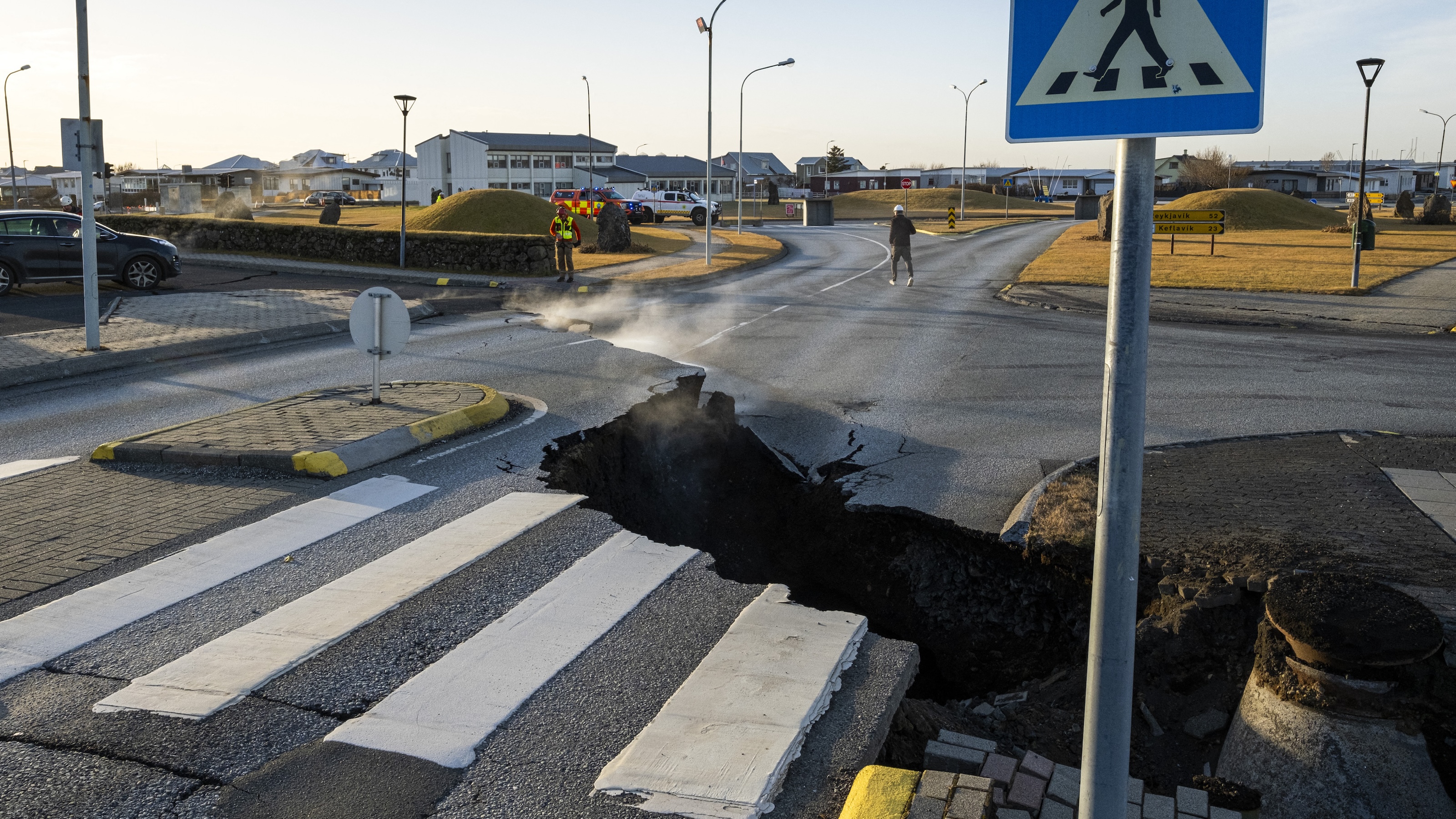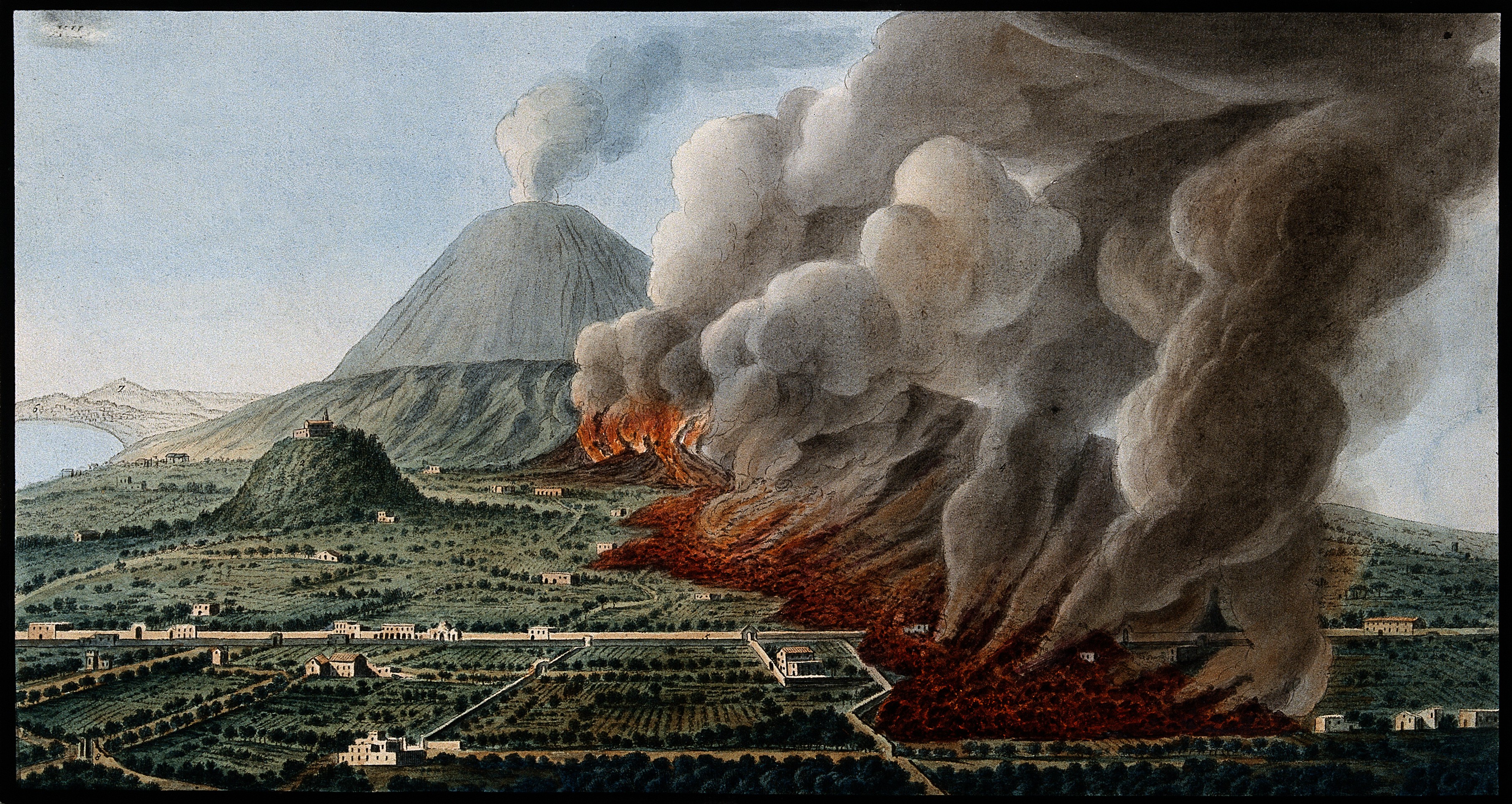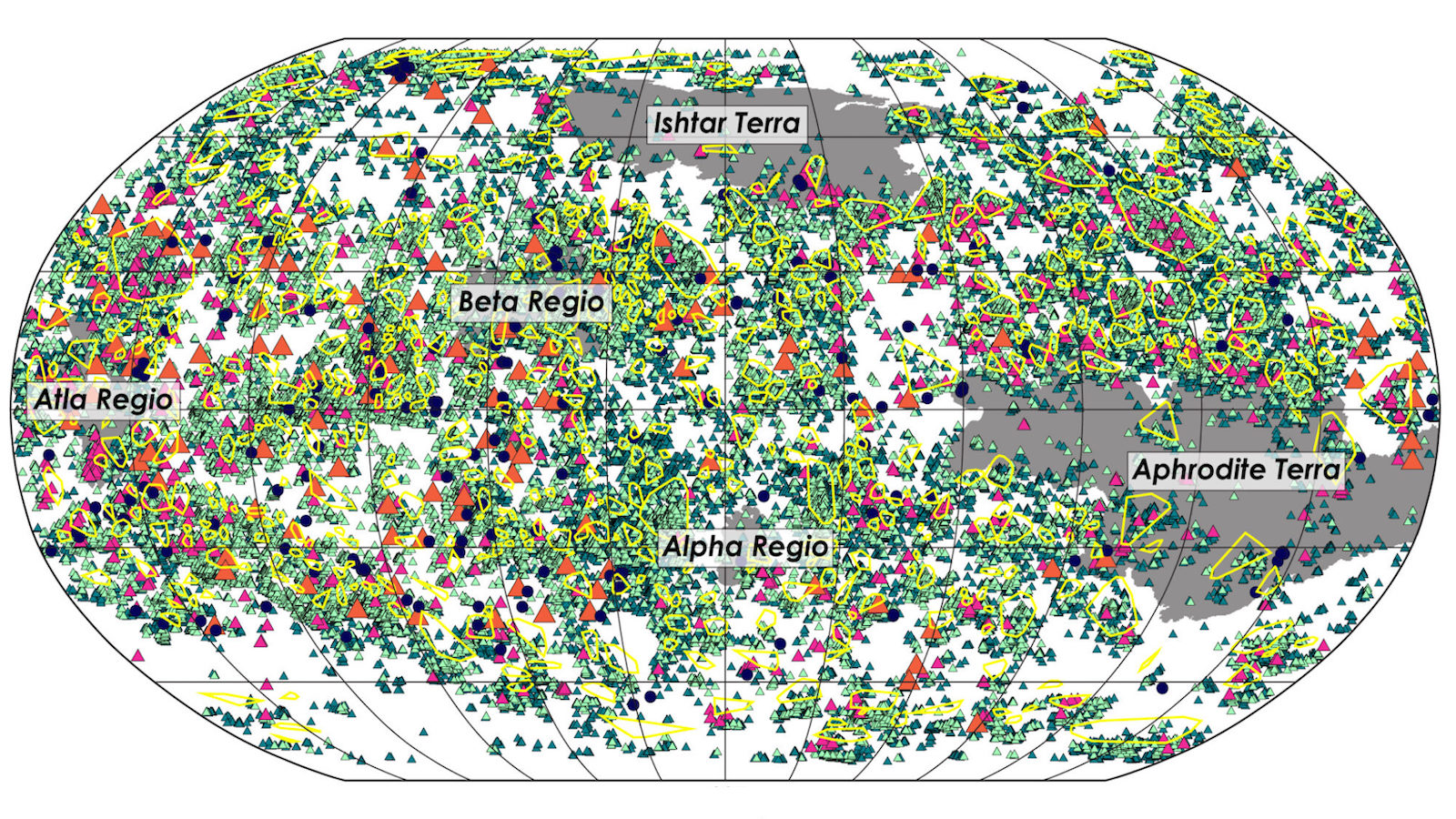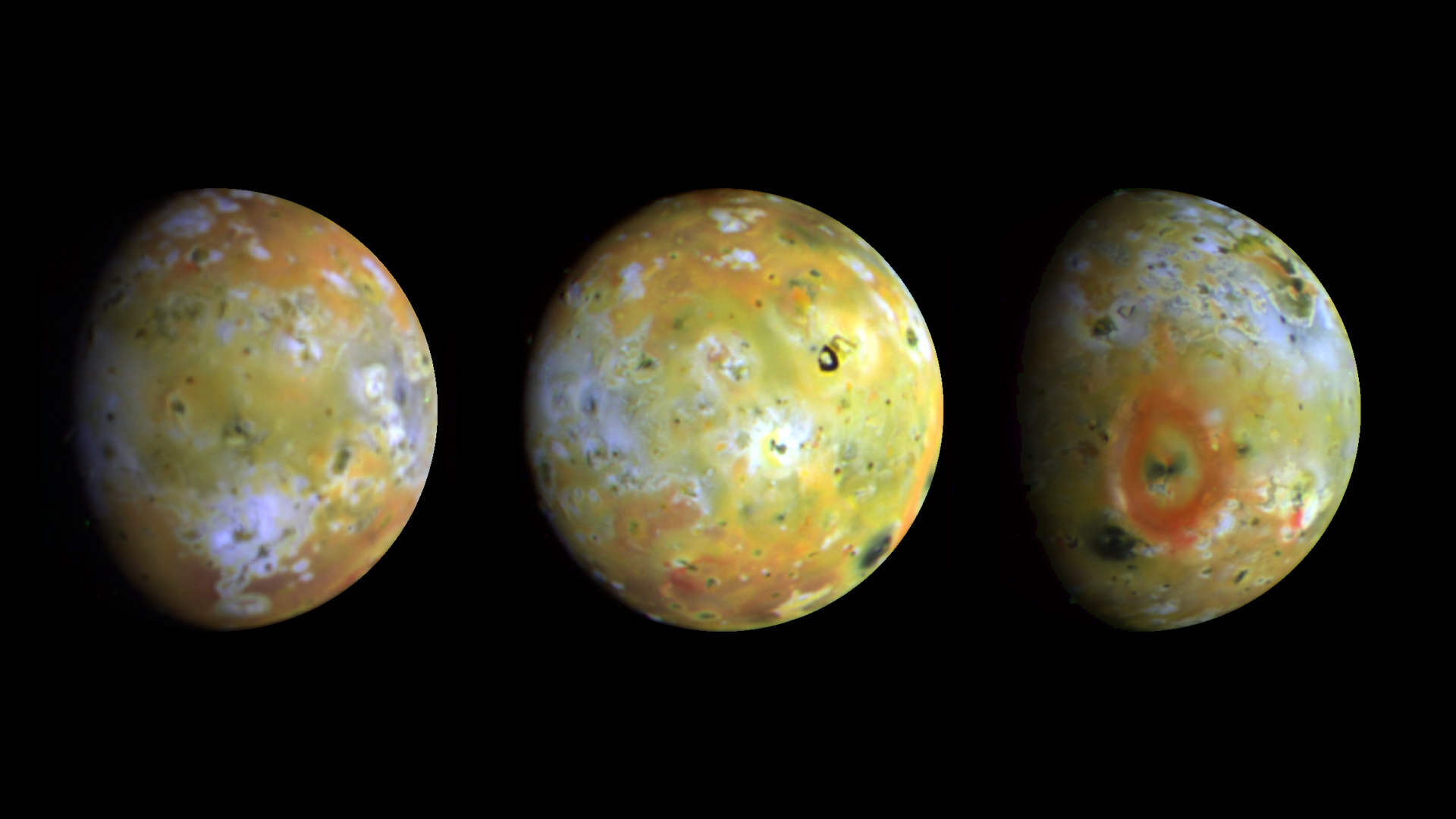More details on the Kamoamoa Fissure eruption at Kilauea (with new video)

The new fissure (see top left) that began erupting last weekend after the draining events at Pu`u O`o and Halema`uma`u appears to have more longevity than the last similar fissure eruption on Kilauea, Episode 54 eruptions in 1997 (pdf). Those 1997 events lasted less than 24 hours, but here we are in day 6 of the Kamoamoa eruption. If anything, the eruption appeared to be stronger than it was earlier in the week, however as of Thursday (3/10) morning (eastern time), the eruption looks to have waned significantly. However, on March 9, HVO reported fire fountains (see below) as tall as 50 m / 160 ft, although more typically 30-40 m / 100-130 feet. This all still suggests that this new injection of magma is very “gassy” – good and volatile rich – to produce this sort of fountaining – be sure to check out the great timelapse “video” of fountaining on March 7 put together by Eruptions reader Raving. A lava flow from the new vent that was confined to a channel has now extended almost 3 km from the vent. One sign that things could begin to calm down is that sulfur dioxide emissions have dropped over the last day from ~10,000 tonnes/day to ~4,400 tonnes/day, which might means that the supply of magma is dropping under the fissure. However, that is merely speculation as sulfur dioxide emissions can vary significantly at Kilauea. You can check out the rough extent of the new activity in the first map released of the Kamoamoa Fissure (with the Episode 54 activity marked on it for good measure).

A fire fountain on the Kamoamoa Fissure on Kilauea, seen on March 8, 2011. Image courtesy of HVO/USGS.
HVO did release a pile of new images and video – including a new timelapse video footage of the collapsing Pu`u O`o crater floor from this past weekend – you can see the crater start with “business as usual” as small lava flows criss-cross the crater floor and then suddenly, the whole floor sinks and disappears. There are also some videos of the activity along the fissure, including stunning clips of the vigorous spatter vents. They have also added a second webcam pointed at the Kamoamoa activity, so you can know watch from the Napua Crater vantage or west fissure location.
Top left: An aerial shot of part of the Kamoamoa Fissure, seen on March 8, 2011. Image courtesy of HVO/USGS.





